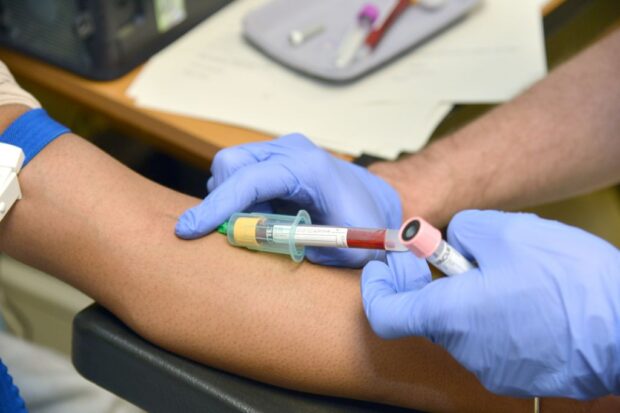Over the past few weeks we’ve been busy reviewing the NHS Sickle Cell and Thalassaemia (SCT) Screening Programme standards.

These standards, which were last updated in 2011:
- support people to make informed choices during pregnancy
- improve infant health through prompt identification of affected babies
- ensure access to a high quality screening service throughout England
We asked colleagues from a range of services, including midwifery, screening laboratories, specialist nurses and clinicians to help us revise and condense the standards.
We’re now asking for help from all our stakeholders to make sure they are fit for purpose.
- Please open and review the draft revised standards.
- Please then complete our consultation survey. The consultation will be open for 6 weeks until 9 September 2016.
Please share this blog and the consultation survey link with your colleagues – we’re interested in everyone’s thoughts.
What is changing?
There are now only 10 draft revised standards. For each standard, the rationale, objective, criteria, definition, threshold, mitigations and reporting are clearly defined.
The wording in some standards has changed. For example, we've changed standard 2 (timeliness of antenatal screening test), from ‘offer’ to ‘tested’ by 10 weeks + 0 days as ‘offer’ is not measurable.
We now have a new standard, standard 5 – 'Timely counselling and offer of prenatal diagnosis to couples at risk of having an affected infant'. We have added this standard to improve early offer of prenatal diagnosis (PND) by 12 weeks + 0 days and give parents time to make informed reproductive choice.
The other standards are not new but we have not previously defined them or requested data for them.
For reference, the existing SCT programme standards can be found here.
What happens next?
We'll publish a summary of the consultation responses and get in touch with everyone when the final version is ready.
PHE Screening Blogs
PHE Screening BLOGs provide up to date news from all NHS Screening programmes– replacing our previously published newsletters.
You can register to receive updates direct to your inbox, so there’s no need to keep checking for new blogs.